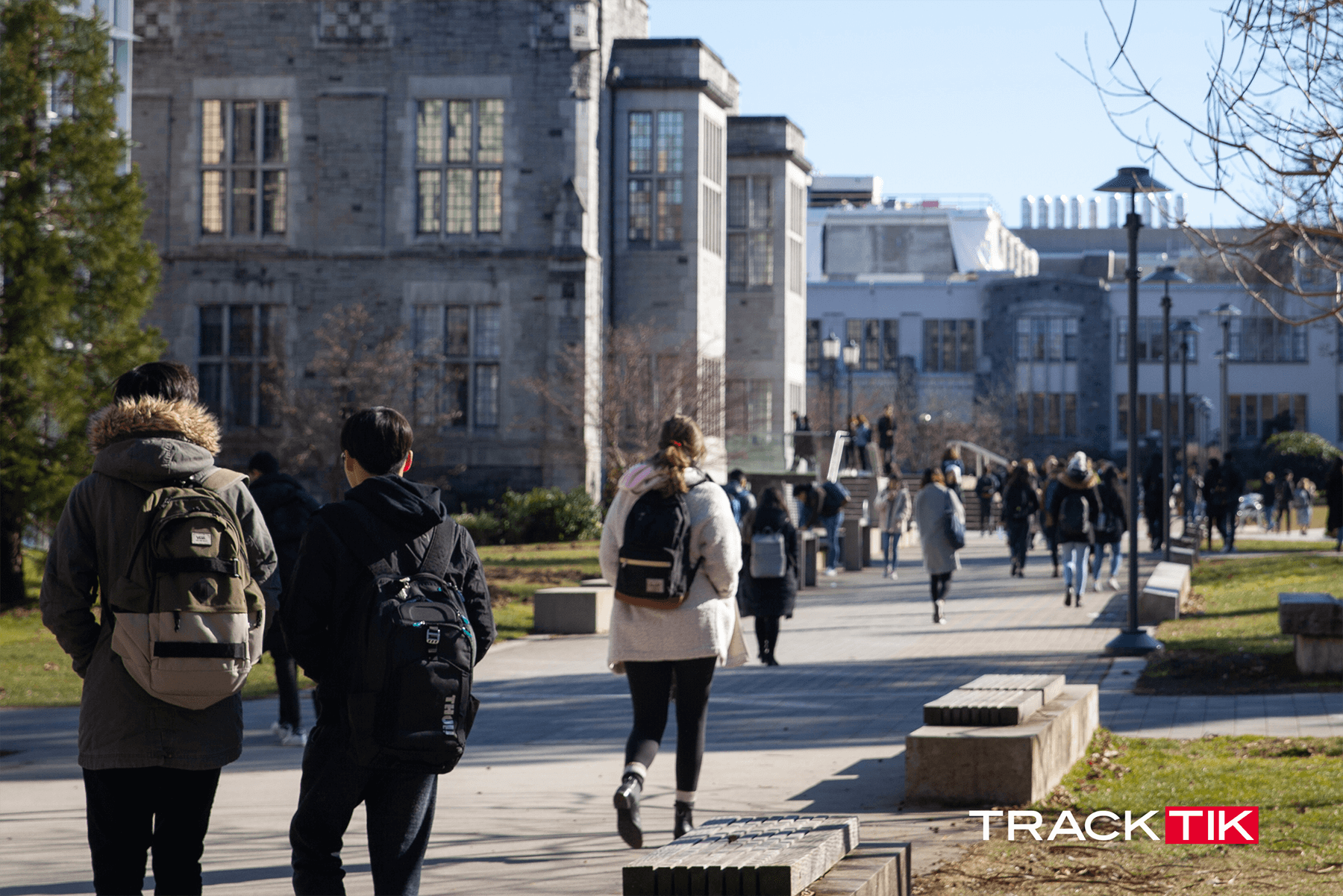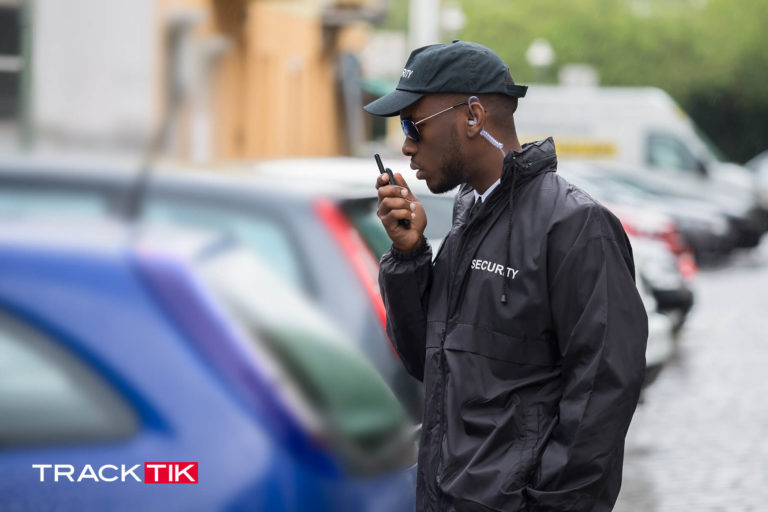We experience love and loss on a regular basis, but these two profound emotions leave indelible marks in our lives. They shape us and transform us; we try to learn from our losses, live in the moments of sheer happiness.
Then there are times when we experience these extreme emotions vicariously. We empathize with someone else’s loss – either a neighbour, a fictitious character that we’ve grown an attachment to, or maybe it’s a teary mother on the news, crying over the loss of her only child in a school shooting.
Unfortunately, these images of parents and children crying have become more and more commonplace. We live in active fear of these “lone-wolf/active shooter threats” misdirected at innocent children and young adults. A pattern of sorts emerges: first we mourn, then we blame the perpetrators, then we try to explain the motive and uglier political strife ensues. Is society to blame? Is it social media? Is it the internet? Is it video games? Is it religious fundamentalism? Is it racial tension and divide? Is it due to the prevalence of guns and violence around us?
Let’s list out the number of instances in recent memory: Sandy Hooks, Columbine, Virginia Tech, Newtown, Parkland, Santa Fe.
Who can forget Emma Gonzalez’s moving speech asking policymakers and anyone capable of doing something to do something, anything. The desperation in her voice had an echo that should humiliate us. She called “BS” to our shenanigans, yet it seems we’re no closer to a solution today than we were a year ago or decades ago when the first of these incidents occurred.
An attempt to harden targets
It’s unfair to say that Emma and her classmates’ pleas went unnoticed; the state of Florida passed a law allowing teachers to carry arms in the school. This law corroborates the contentious idea that soft targets need to harden themselves.
Previously in Florida, there was already something called the “guardian program” that allowed some school staffers to carry guns on campus. The new law now allows classroom teachers to be armed as well, with some stipulations: school districts must approve the measure, teachers must volunteer for the program, and all participants are required to undergo a background check and psychiatric evaluation. Armed teachers must also attend a gun safety training course with a sheriff’s office.
Other measures taken happened back in March 2018, when Florida state legislators raised the rifle ownership age from 18 to 21 as well as added a three-day wait period when purchasing arms.
But, we raise the question, is there a softer approach to alleviating threats at educational institutions? And is this the best way to ensure student safety?
Taking own measures
Many parents and school admin have taken up stock of bullet-proof items in order to neutralize shooter threats. Interestingly, post-Sandy Hooks, sales of bullet-shielding school supplies such as whiteboards and backpacks have gone up. The price of the latter has gone up recently too. Many institutions have also poured money into building “safe rooms” and bullet-proof hallways. But, experts believe that these measures aren’t sufficient. A case in point is that students aren’t near their backpacks during the day anyway (at least not school children).
These measures, although easier to implement than legislative changes, are costly. It’s estimated that a district could spend upwards of $150,000 to roll out a basic security program with a “push-button classroom lockdown” option and surveillance cameras holding footage for up to one week. For the bulletproof hardware and automated recognition tools such as license plate monitoring technology, educational institutions would be adding another $500,000 to their security bill.
There is conflicting evidence supporting the effectiveness of these “campus-safety technologies.” After Columbine, surveillance camera usage in educational institutions rose from 20% in 1999 to 70% in 2013. Yet student campus shootings continue to be a problem.
The Clery Act’s impact on campus crime response
With the establishment of the Clery Act in 1990, colleges and universities that receive federal funding are required to report on their campus security procedures and incidents (such as alcohol and drug use, violence, sexual assault prevention, and response, etc). They are then required to publish their findings every year in an annual security report. This report calls for the inclusion of stats about campus crime for the past 3 years and measures taken to improve campus security.
With this act in place, it helped create ‘structures for campus crime response’ methods, especially with the amendments to the Act after the Higher Education Act in 2008 (after the 2007 Virginia Tech shooting exposed the shortcomings of the previous version of the act). Measures such as practicing lockdowns, launching a security awareness campaign, sending SMS or email alerts to students directly from a campus emergency alert system, or updating the institution’s website home page are also being implemented. These texts offer information to students about the campus buildings and during emergency security incidents in and around the campus area.
Meanwhile, some institutions have resorted to more intensive and very visible security measures – armed guards, cameras, locker checks, dog sniffs, metal detection entryways. Many students however feel that omnipresent security measures are a constant reminder of threats that can be distasteful for the campus experience. Other students have also come forward and said that the excessive measures don’t always work either because there are a lot of moving parts on campus. In a college setting, students could be studying, sleeping in their dorm rooms, or practicing in a sports facility, making it harder to communicate with all of them at all times.
Building the Run, Hide, Fight, Report culture
One of the softer attempts to reduce active shooter threats has been to try and teach students to run, hide and fight as they wait for law enforcement agencies to show up. The Run, Hide, Fight training is an alternative to being a sitting duck.
The objective of the training videos is to teach everyone at campuses to recognize the best ways to protect themselves if they find themselves in the line of fire. It’s also an attempt to teach people not to freeze up, to stay alert, and react quickly if the need arises. The training also teaches some offensive tactics in scenarios where there may not be any hiding opportunities. In these instances, it’s advised to distract the shooter by throwing objects or challenging them to a physical row.
Educational administrators are also trying to instill a culture of reporting among students and teachers. They are asked to report anything out-of-the-ordinary: whether it be unruly behavior, an unusual incident, or alarming online activity. Campus constituents are asked to keep their antlers up and speak up before it’s too late.
The human mind, although infinitely complex, isn’t always irrationally triggered, instead, it comes to conclusions after a series of instances. Thus, the common belief is that early detection of psychological imbalance can point to the successful identification of potential perpetrators.
Galvanizing the community
In a report compiled by doctors, lawyers, and educators analyzing the Sandy Hooks Elementary school shooting, it was pointed out that the assailant’s parent was “focused on getting through the day” rather than adopting a longer-term approach to heal the troubled child. The effort was instead directed at appeasing the teen, avoiding things that made him uncomfortable and getting him into college in the hope that things would fall into place. Counseling might have been a better route according to the experts on the report and according to many others.
Nurturing and taking care of the community is one of the fundamentals for creating a “softer environment” for the youth. Educational institutions shouldn’t only focus on students’ education but also on their mental well-being. Educators, parents, and everyone involved in a child’s development need to be more cognizant of their socio-emotional environment in order to understand them better.
Having said that, it’s unfair to say that these measures are not in place and that they need to be put in place. Prior to the incident, Stoneman Douglas (Parkland) assailant Nikolas Cruz left a long trail of red flags – which, his community, school authorities, and law enforcement agencies, were aware of. In 2016, ‘crisis workers from a South Florida mental health facility were called in after he sent out a Snapchat video in which he cut his arms and said he wanted to buy a gun.’ There was also an anonymous report submitted to the Broward County sheriff saying that Cruz had posted something on Instagram where he expressed intent to shoot up the school. To add to the list, there was another incident that happened in January 2017 when his school referred him for a threat assessment – a year before the shooting, and his own adoptive mother took him to purchase guns.
At the time of the shooting, Nikolas had lost his adoptive mother to pneumonia and was living with a friend’s family. In that household, guns were around but gun safety was given a lot of importance. And on the day of the incident, a school teacher had seen him outside the school entering the premises with a duffel bag and this teacher had formulated a perception of Nikolas that he was capable of ‘shooting the school down.’ Yet, on the day, things fell through the wayside. It’s not to say that nurturing the community and focusing on improving mental health cannot be useful, but we need a balance of “pre-” and “post-” action plans.
Rehabilitating the survivors
Going back to Emma Gonzalez, this inspirational teen hasn’t forgotten about what happened to her a year ago. On her left wrist, she wears an array of rubber bracelets memorializing victims who were gunned down at her high school. They serve as a painful reminder of her loss. On her right wrist, she wears friendship bracelets celebrating the friends who are still alive. The constant reminder of love and loss.
She headed off to college with the friend whose hand she held tight during the shooting. She intends to room with this friend at college as well to keep sharing that experience. Her powerful words and her powerful stand against the perpetrators of violence and inaction have left an indelible mark. If we can’t decide on the course of action to remedy the gun prevalence problem, then we need to serve the hundreds of children and teens who lived through these horrors in their formative years.
Stoneman survivors published a video compilation discussing the tragedy in an effort to express their thoughts and feelings. Many other survivors of horrific incidents say that they have trouble fighting through the numb feeling afterward and coming to terms with loss and eventually moving on. With a mixture of hardening and softening security threat combative efforts, we need to be able to protect innocent lives.
This story first appeared in Convergence: Unique Environments that Challenge Security.



